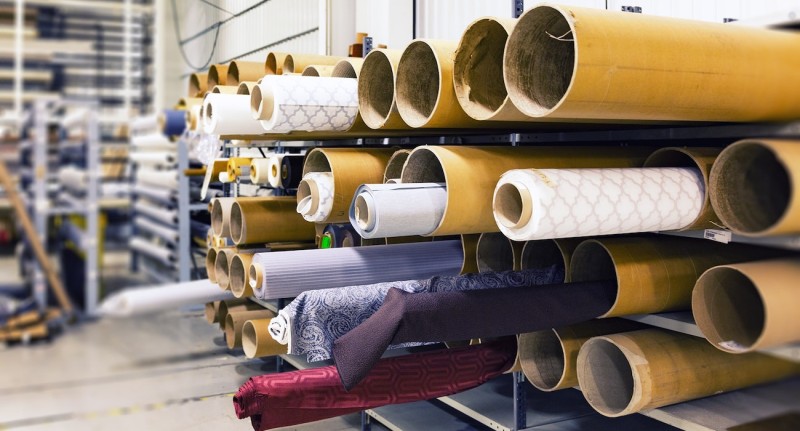Introduction
The textile industry is known to be the most dynamic and happening industry ever known to humans. It has been seen that due to the constantly changing preference of people all across the globe, the industry is witnessing a revolution in the consumption pattern of textiles. The industry has changed a lot from material to technological changes since its establishment. Digital fabric printing is one of the textile industry's most promising innovations. It has made it possible for many opportunities to improve the standard and meet the expanding demands of textile printing. With the help of digital printing technology, anything can be perfectly and easily printed on cloth. Share your thoughts at the Technology Accepting Guest Posts category.
Process
The process is as follows-
- Design Development
To begin, the paper design or theme is transformed into a soft file. There are two techniques to develop a design. First, through the digitization process, and second, if no changes are needed, photos can be immediately scanned. The produced file is then stored in a format that may be printed. Any necessary adjustments to the color schemes and image brightness are made at this step. This is one of the most important steps because it decides the base of the printing, that is, the design.
- Fabric Processing
The cloth must be chosen and then ready for printing. Fabrics are chemically padded during this stage, often using sizing materials. It helps remove the fabric smashes and stiffens the fabric for better feeding during printing. Padding is done on the flatbed with the help of a scraper. This is also another crucial step that gets the fabric ready for the second base.
- Printing
Images are printed on a substrate with the assistance of a printer server using the appropriate dye classes, and the printed cloth is then appropriately dried. The fabric is appropriately positioned first, without any looseness or wrinkles. The printer's heads are then adjusted based on the fabric's thickness.
- Dye Fixation
Fixing printed textiles typically involves steaming. Under atmospheric pressure, reactive and acid dyes are heated to a little above 100 degrees Celsius. The thickening film dissolves dyes and chemicals and creates exceedingly concentrated dye baths.
- Washing
The last but one of the most vital steps in the process of Digital Textile Printing is to wash the fabric after the completion of the printing process. Due to the risk of dye staining white or unprinted ground shade areas, thickener, auxiliaries, and loose dye should be removed before washing. Adding reagents that keep the unfixed dye in the bath can reduce the probability of this occurring further.
The Bottom Line
This process lowers the fixed cost involved in the production process. It also ensures that designs can be created digitally and changed immediately; quick sampling and short lead times are possible. The Digital Textile Printing process promotes sustainability by causing less wastage and also prevents the deposition of nickel. Overall, the process is quite amazing and has already received a green flag from the textile industry.
